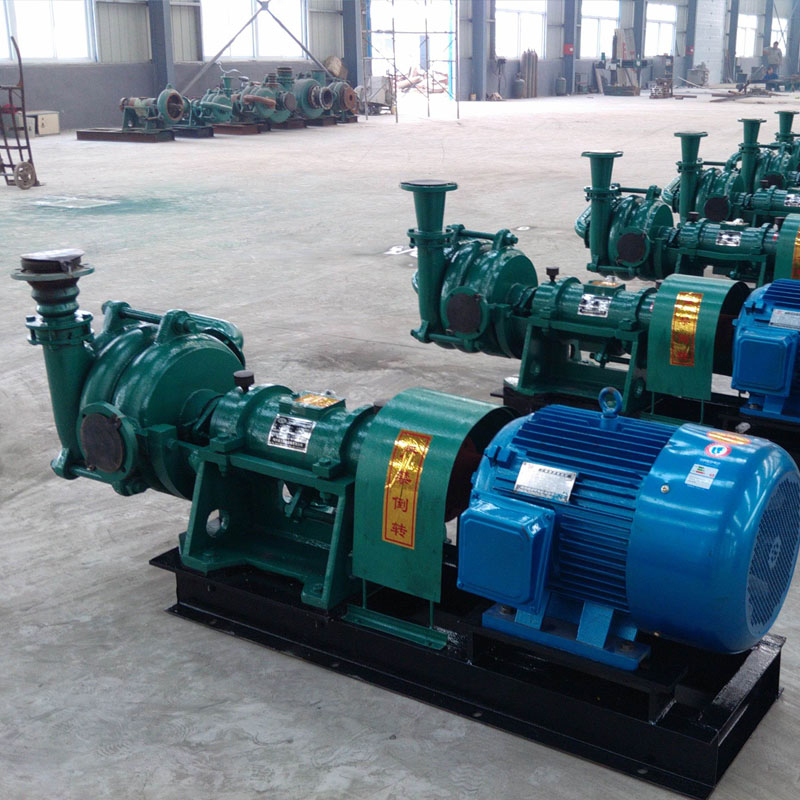English
- Afrikaans
- Albanian
- Amharic
- Arabic
- Armenian
- Azerbaijani
- Basque
- Belarusian
- Bengali
- Bosnian
- Bulgarian
- Catalan
- Cebuano
- Corsican
- Croatian
- Czech
- Danish
- Dutch
- English
- Esperanto
- Estonian
- Finnish
- French
- Frisian
- Galician
- Georgian
- German
- Greek
- Gujarati
- Haitian Creole
- hausa
- hawaiian
- Hebrew
- Hindi
- Miao
- Hungarian
- Icelandic
- igbo
- Indonesian
- irish
- Italian
- Japanese
- Javanese
- Kannada
- kazakh
- Khmer
- Rwandese
- Korean
- Kurdish
- Kyrgyz
- Lao
- Latin
- Latvian
- Lithuanian
- Luxembourgish
- Macedonian
- Malgashi
- Malay
- Malayalam
- Maltese
- Maori
- Marathi
- Mongolian
- Myanmar
- Nepali
- Norwegian
- Norwegian
- Occitan
- Pashto
- Persian
- Polish
- Portuguese
- Punjabi
- Romanian
- Russian
- Samoan
- Scottish Gaelic
- Serbian
- Sesotho
- Shona
- Sindhi
- Sinhala
- Slovak
- Slovenian
- Somali
- Spanish
- Sundanese
- Swahili
- Swedish
- Tagalog
- Tajik
- Tamil
- Tatar
- Telugu
- Thai
- Turkish
- Turkmen
- Ukrainian
- Urdu
- Uighur
- Uzbek
- Vietnamese
- Welsh
- Bantu
- Yiddish
- Yoruba
- Zulu
Telephone: +86 13120555503
Email: frank@cypump.com
Oct . 09, 2024 14:38 Back to list
casting slurry pump part - vertical slurry pump
Understanding Vertical Slurry Pumps and Their Casting Slurry Pump Parts
Vertical slurry pumps are specialized equipment designed to handle abrasive and corrosive slurries. Unlike standard pumps that are generally limited in the types of fluids they can manage, vertical slurry pumps are engineered specifically for the challenges presented by slurries, which are mixtures of solids and liquids. This article will explore the significance of casting slurry pump parts and their role in the overall performance of vertical slurry pumps.
What Are Vertical Slurry Pumps?
Vertical slurry pumps are typically positioned in a vertical orientation, allowing them to effectively operate in deep pits or sumps where slurries are commonly found. This design is advantageous because it minimizes the footprint of the equipment, making it suitable for environments where space is at a premium. The vertical orientation also ensures that the pump can maintain submersible operations, reducing the risk of air entering the system.
These pumps are widely used in various industries, including mining, mineral processing, dredging, and wastewater treatment. Their ability to handle high-density slurries, which often contain large particles, makes them vital in settings where efficient material transport is crucial.
The Importance of Casting Slurry Pump Parts
The performance and longevity of vertical slurry pumps heavily depend on the quality and durability of their individual components. Casting parts, particularly those made of high-quality alloys, play a pivotal role in this context. The casting process involves pouring molten metal into a mold where it cools and solidifies, creating the desired part shape. This technique is particularly advantageous for producing complex shapes with high strength, essential for the rigors of slurry handling.
1. Wear Resistance The harsh conditions encountered in slurry transport can lead to rapid wear and tear on pump components. Casting slurry pump parts out of materials with high wear resistance, such as nickel-chromium alloys or stainless steel, extends the lifespan of the pump and reduces maintenance costs.
2. Corrosion Resistance Slurries often contain corrosive substances that can compromise the integrity of pump components over time. Casting components that are resistant to corrosion ensures that the pump can sustain its performance even in aggressive environments, thereby safeguarding the investment in the pumping system.
casting slurry pump part - vertical slurry pump

3. Structural Integrity The design of vertical slurry pumps requires robust parts that can withstand the stresses involved in pumping thick, viscous materials. Well-cast slurry pump parts maintain structural integrity under pressure, ensuring that pumps operate efficiently and reliably without the risk of failure.
Key Casting Slurry Pump Parts
1. Impeller The impeller is a crucial component that imparts kinetic energy to the slurry, enabling it to flow. An efficiently designed and cast impeller can improve the overall efficiency of the pump, resulting in better energy usage and lower operational costs.
2. Volute Casing The volute casing surrounds the impeller and is responsible for converting the kinetic energy into pressure energy. This component’s design significantly affects the pump's hydraulic performance and head capacity.
3. Suction and Discharge Flanges The suction and discharge flanges allow for the connection of pipes, facilitating the flow of slurry into and out of the pump. Proper casting of these parts ensures a tight seal and helps prevent leaks.
4. Shaft The shaft is the part that transmits power from the motor to the impeller. A well-cast shaft provides the necessary strength to handle the torque and stress during operation.
Conclusion
In conclusion, vertical slurry pumps are essential in several industries where the efficient transport of slurries is critical. The casting slurry pump parts identified in this article—such as the impeller, volute casing, suction and discharge flanges, and shaft—are integral to the performance and longevity of these pumps. By utilizing high-quality casting techniques and materials, manufacturers can ensure that vertical slurry pumps operate effectively in challenging environments, ultimately leading to increased productivity and reduced operational costs. Understanding the significance of these components is vital for anyone involved in the maintenance or operation of slurry pumping systems.
-
Horizontal Split Case Pump with GPT-4 Turbo | High Efficiency
NewsAug.01,2025
-
ISG Series Pipeline Pump - Chi Yuan Pumps | High Efficiency, Durable Design
NewsAug.01,2025
-
Advanced Flue Gas Desulfurization Pump with GPT-4 Turbo | Durable & Efficient
NewsJul.31,2025
-
ISG Series Vertical Pipeline Pump - Chi Yuan Pumps | Advanced Hydraulic Design&Durable Construction
NewsJul.31,2025
-
ISG Series Vertical Pipeline Pump - Chi Yuan Pumps | Energy Efficient & Low Noise
NewsJul.31,2025
-
pipeline pump - Chi Yuan Pumps Co., LTD.|High Efficiency&Low Noise
NewsJul.31,2025










